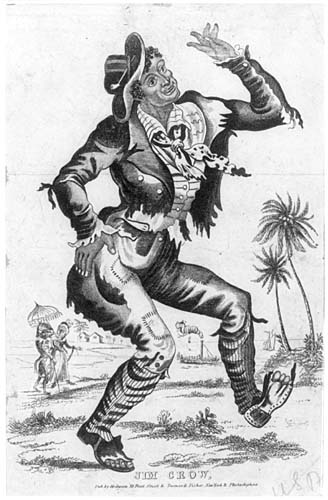Venue Type & Location
Theatre
Overview
Beth Marquis
Troupes at Theatre Royal, Manchester
| Film | Affiliated people | Film Type | # of event(s) |
|---|---|---|---|
| Brooke, G.V. | Brooke, G.V. | Dramatic | Definite Brooke, G.V. |
| My Poll Troupe (Manchester, 49) | Dramatic | Definite My Poll Troupe (Manchester, 49) | |
| Othello Troupe (Manchester Theatre Royal, 48) | Dramatic | Definite Othello Troupe (Manchester Theatre Royal, 48) | |
| Othello Troupe (Manchester, 49) | Dramatic | Definite Othello Troupe (Manchester, 49) | |
| Russell, Henry | Russell, Henry | Vocal Entertainment | Definite Russell, Henry |
| Sullivan, Barry | Sullivan, Barry | Dramatic | Definite Sullivan, Barry |
| Swinbourne | Dramatic | Definite Swinbourne |
Events at Theatre Royal, Manchester
| Event | Date | Venue Location | Film |
|---|---|---|---|
| Dramatic | - | Manchester, Lancashire | Othello Troupe (Manchester Theatre Royal, 48) |
| Dramatic | - | Manchester, Lancashire | Sullivan, Barry |
| Dramatic | - | Manchester, Lancashire | Sullivan, Barry |
| Vocal Entertainment | - | Manchester, Lancashire | Russell, Henry |
| Dramatic | - | Manchester, Lancashire | Othello Troupe (Manchester, 49) |
| Dramatic | - | Manchester, Lancashire | My Poll Troupe (Manchester, 49) |
| Dramatic | - | Manchester, Lancashire | Brooke, G.V. |
| Dramatic | - | Manchester, Lancashire | Swinbourne |
Bibliographic Sources
”Theatre Royal, Peter Street, Manchester Also known as the Royal Cinema / Royal Bingo / Royale.
The Grade II Listed Theatre Royal in Peter Street, Manchester was built in 1845 by John Gould Irwin & Francis Chester and is Manchester's oldest surviving Theatre. The auditorium was built on four levels with Stalls and three balconies and was originally designed for drama and opera productions. The Theatres Trust Guide says that: 'The façade of the Theatre Royal, as well as Cockerell’s banks were clearly a source of inspiration for Richardson and his partners when designing the front of the Royal Opera House.' The guide also says that: 'The ornate ceiling, now not easily visible, has deeply coved sides and basketwork enrichment reminiscent of Covent Garden.' In 1875 the interior was reconstructed.
In 1921 the interior was again reconstructed, this time for Cinema use and most of the stage was removed. In 1963 the Theatre was furthur reconstructed for Cinerama.
In 1972 the Theatre was converted for Bingo and in the 1990s it was converted into a Nightclub but given the will and the finance the Theatre is probably restorable to its former Theatrical use.”"The Theatre Royal is Manchester’s oldest surviving theatre, though now in use as a night club. Built in 1845 on an island site, it is an impressive building in Classical style; the giant recessed portico with fluted Corinthian columns in antis seems to dominate Peter Street even today. The monumental façe is one of the finest examples of theatre architecture to have survived in Britain from the first half of the nineteenth century. It is symmetrical, stuccoed, in three unequal bays with three storeys and an attic. The modillioned cornice is treated as a parapet, and gabled in the centre. The portico contains three steps to three altered doorways, with a pedimented aedicule in the centre with a Carrara marble statue of Shakespeare leaning on a pedestal. The entablature bears a frieze inscribed ‘Theatre Royal Erected 1845’. The façe of the Theatre Royal, as well as Cockerell’s banks were clearly a source of inspiration for Richardson and his partners when designing the front of the Royal Opera House. A massive water tank was incorporated into the roof, in case of fire. Originally with three balconies and designed for drama and opera, in 1921 the auditorium was remodelled as a cinema, removing the stage. From this time it had two balconies, connected to an elaborate proscenium arch by balcony slips. The ornate ceiling, now not easily visible, has deeply coved sides and basketwork enrichment reminiscent of Covent Garden. In 1972, the building took on a new lease of life as a bingo hall and, following conversion to a discotheque, various lighting bridges and gantries etc have been added. The 1845 façe is virtually intact, and the building retains the balcony from 1875. The internal conversion for its present use seems to have obscured rather than destroyed the theatre interior, which appears to be restorable."

